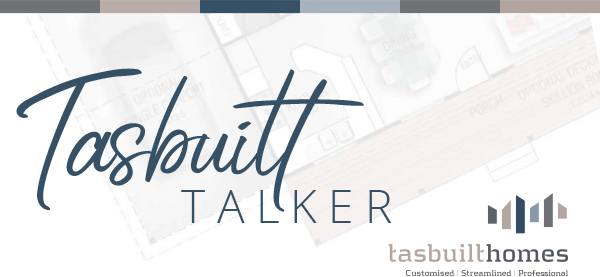Receive your free home designs brochuresRequest Now
Your complete guide to external cladding.
Protecting your home from rain, wind, moisture, dust and outside temperatures, exterior cladding has a protective function, as well as an aesthetic one for your home. Let us unpack some crucial details on all things cladding for you!
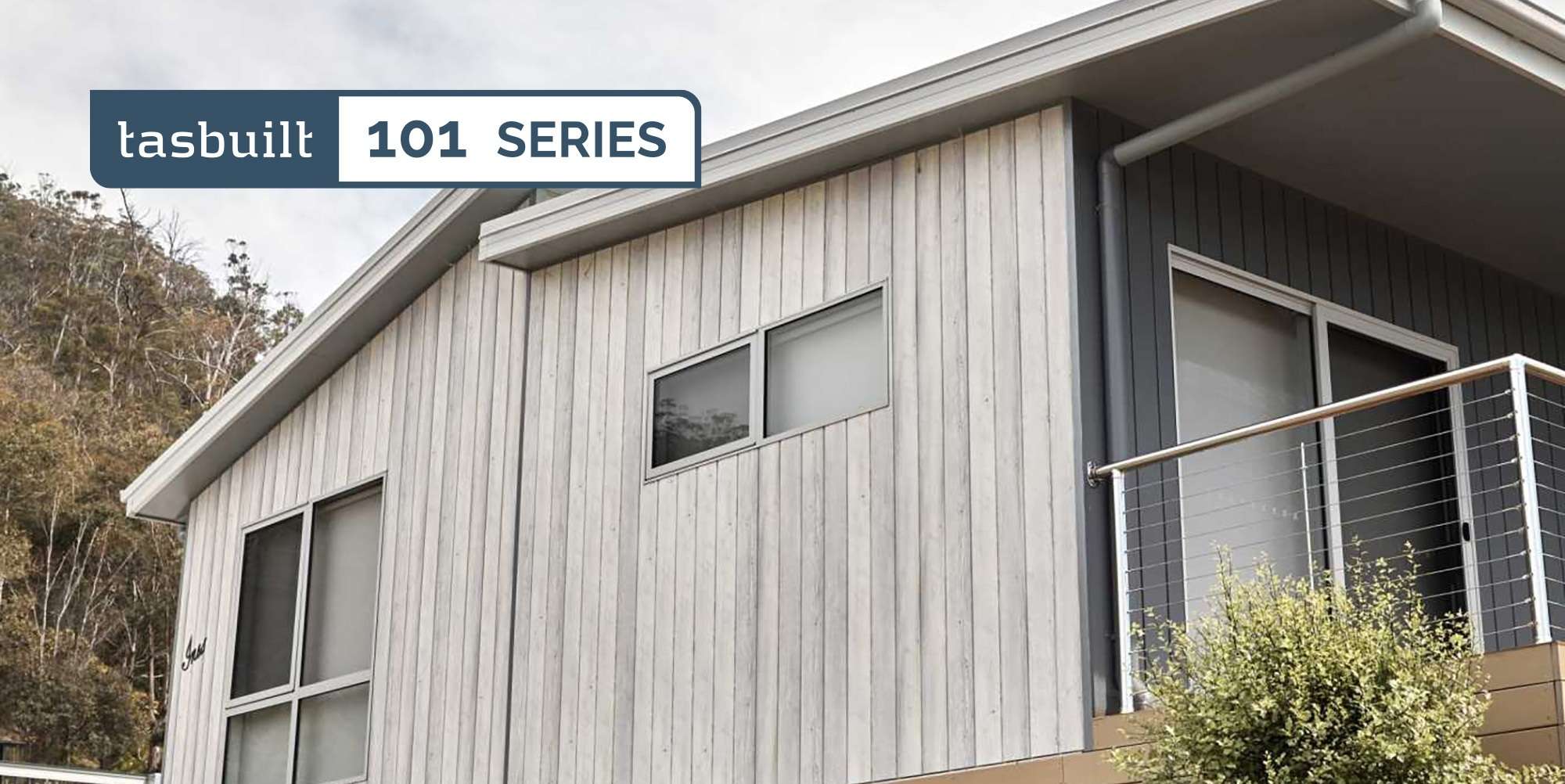
First things first, what actually is cladding? Cladding is a non-loadbearing skin or layer attached to the exterior of building walls. Its main role is to protect a building from water and the effects of weather; secondary roles can include sound reduction, thermal insulation, fire resistance and of course, to achieve a certain visual aesthetic.
When choosing the right cladding for your project, budget plays an important role but so should the environment in which you are building. Your cladding material must be able to withstand unique conditions such as exposure to a corrosive marine atmosphere, fire resistance, heavy wind loads and extreme heat or cold (depending on where you’re building).
The performance characteristics of cladding materials vary significantly, and your choice of cladding should be based on a careful assessment of your environment, climate and design needs.
Modern-day construction materials offer several different exterior cladding options that are both practical and beautifully reflect the personality and visual appeal of your home design.
Cladding can be made from steel, timber, fibre cement, rendered foam and an increasing range of composite materials that combine two or more materials, often with a plastic binder. Many of these options are prefinished, requiring little ongoing maintenance.

COLORBOND® steel is durable and resilient to Australia's harsh climate. Its long life helps conserve resources and energy that may otherwise be invested in products with a shorter life span. All COLORBOND® steel contains recycled content and the steel itself is 100% recyclable. It is available in a range of profiles and colours and has excellent durability, fire protection and is very low maintenance. It resists chipping, flaking and blistering and can be installed horizontally or vertically to provide different aesthetics.
Roofing, walling, gutters and downpipes made from COLORBOND® steel can be used in bushfire areas as part of a bushfire compliant solution and galvanised COLORBOND® steel is suitable for building near saltwater.
Applications include all forms of external cladding to suit a multitude of construction types such as ground level and upper storeys, gable ends, roofs and feature walls.
Fibre cement is a durable, silica-based cladding with good fire resistance and considerably lower embodied energy than a traditional masonry wall. Fibre cement building materials are resistant to rotting, fire, or permanent water and termite damage. They are also easy to work with, durable and low maintenance.
Fibre cement products are manufactured in two main forms; sheets and weatherboards or planks that come in various thicknesses, widths and profiles. Applications include all forms of external cladding to suit all types of construction such as ground level and upper storey extensions, gable ends and feature walls.
Timber cladding products come in a range of looks and finishes. Silvertop ash cladding looks great and is durable. It is also sustainably grown locally and there is reduced milling wastage as it is radially sawn, making it a great environmentally friendly choice. Other timber cladding types such as Jarrah and Spotted Gum are bush fire resistant with ratings up to BAL 29.
Timber is best used for feature walls in combination with other, less expensive cladding options.
Masterwall® is an expanded polystyrene (EPS) with a rendered coating that is extremely lightweight and can be rendered in a range of textures and colours. Textures are available in a range of grades and contemporary styles including Marble, Platinum, Sapphire and Scratch tinted to your choice.
Premium Marble finish provides a classic rendered look, Platinum creates a rugged concrete-look, Sapphire adds a sparkle finish and Scratch is applied by trowel to provide a travertine effect. By adding a premium exterior paint available in a huge range of colours you can complete a perfect job and provide a durable, flexible, UV and weather protected finish.
Masterwall® is ideal for use on upper storeys of dwellings due to its extreme light weight and can also be used on an entire house or for external feature walls to provide a unique profile.

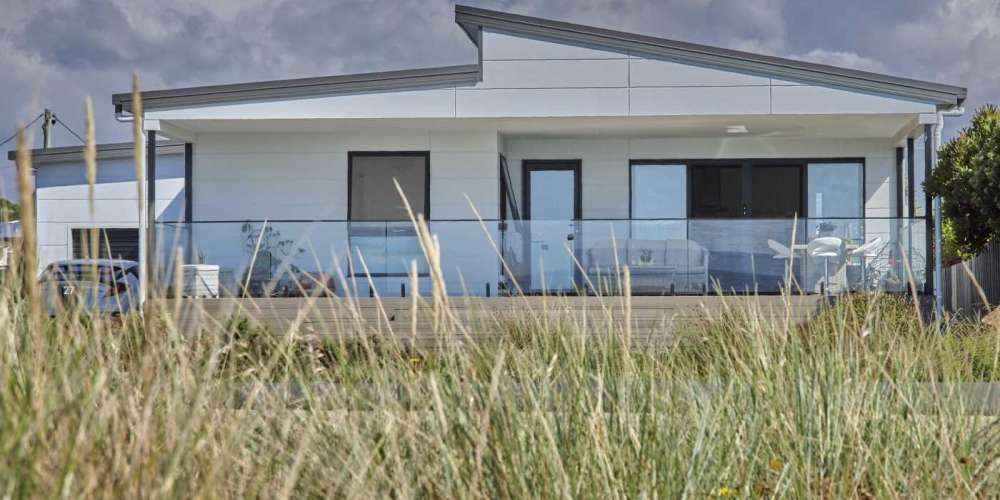
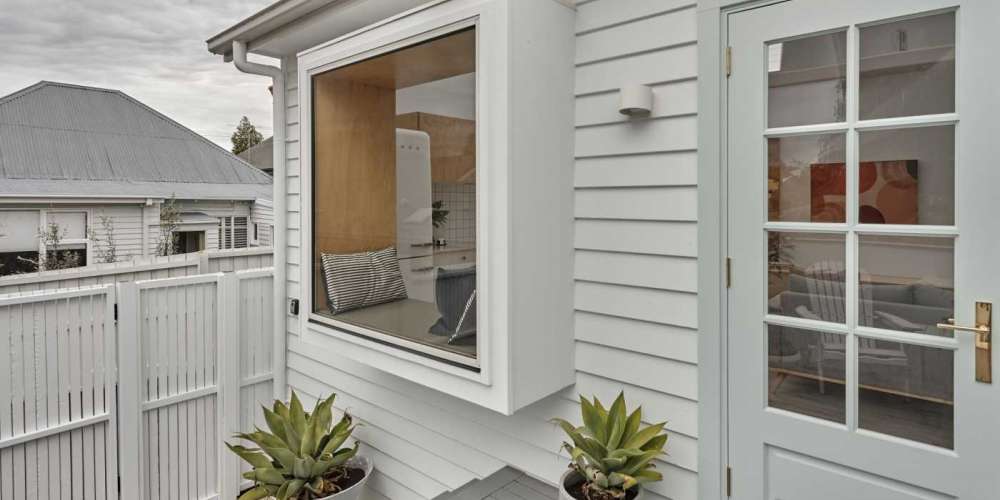
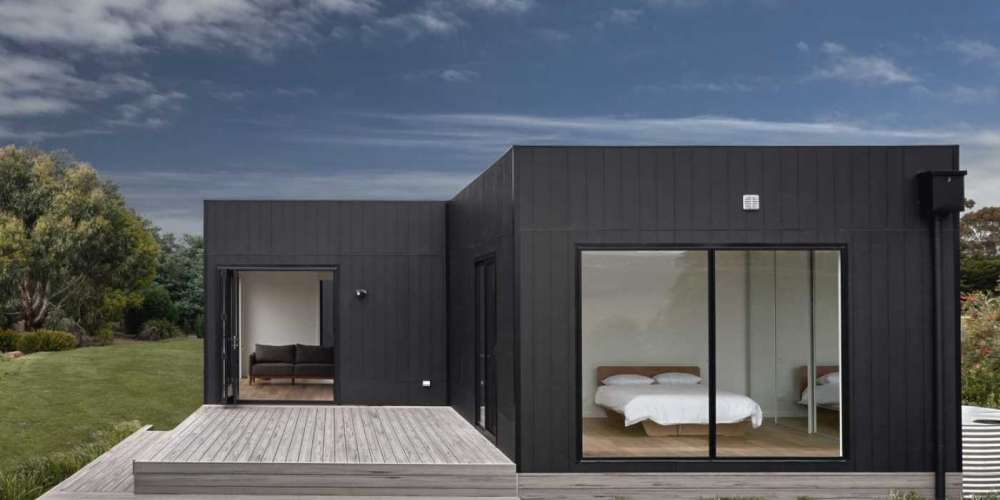
Different types of cladding can be used in combination to create visual appeal and thermal efficiency. For example, it can work well to choose different cladding for different orientations of your house. For example, consider using a durable cladding for north and west facing walls that bear the brunt of searing summer sun, and softer materials like traditional timber for the more sheltered east and south facing walls. Also consider the colour of your cladding based on the orientation as darker colours absorb the heat while lighter colours deflect it.

